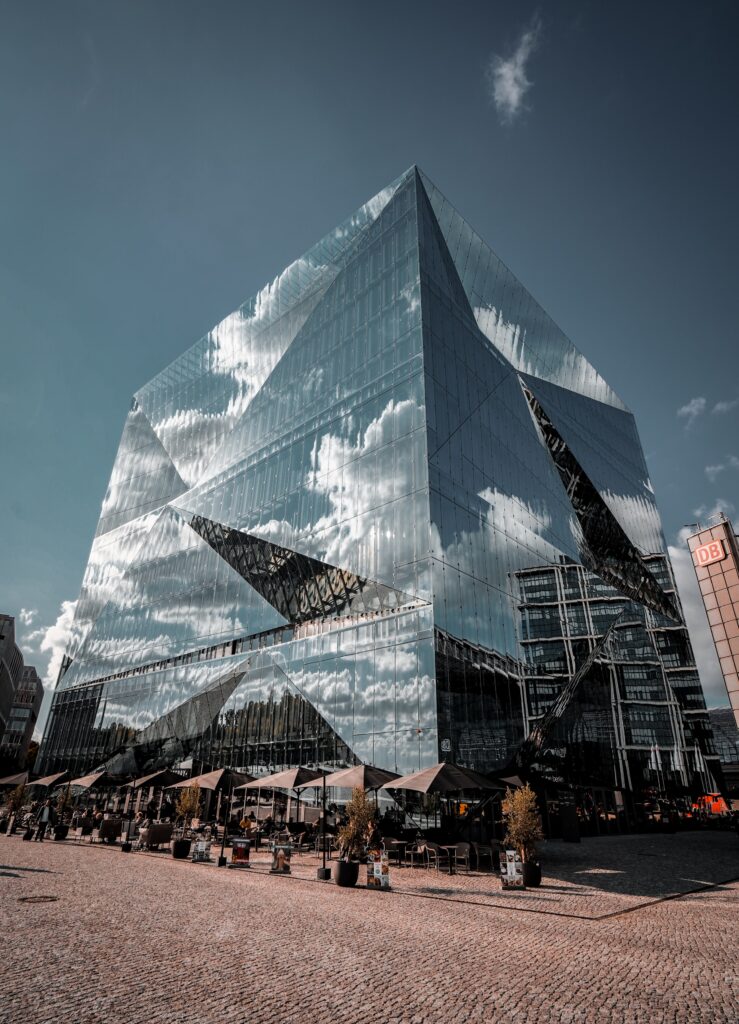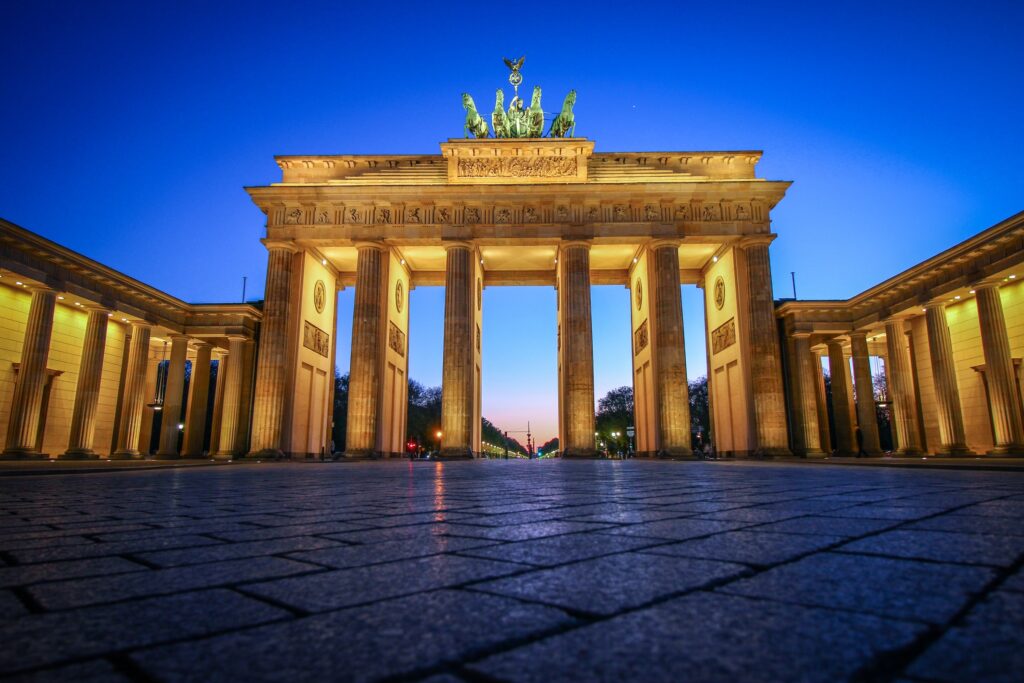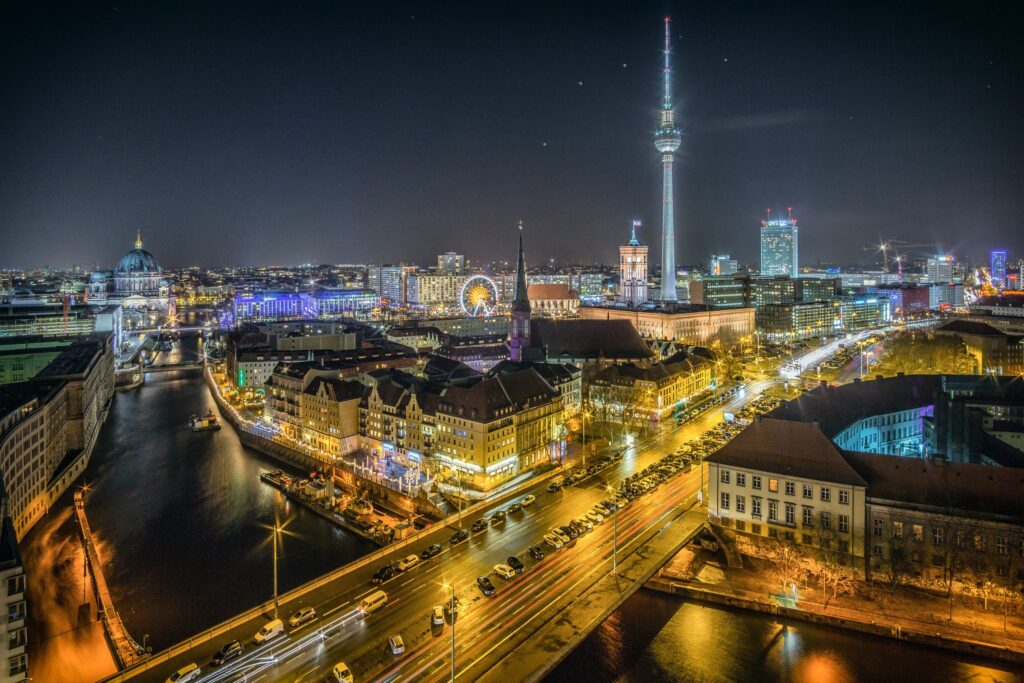The Berlin Wall is truly one of the most popular and recognizable sights in Germany. Today, the Berlin Wall is a monument that once divided a huge country into two parts. The destruction which was expected by many, and for whom such destruction has become a real symbol of reunification. Every year, a huge number of tourists from various countries, including Russia, arrive to see the famous building, or rather what is left of it. Even though only a significantly small segment remained from the previous building, interest in the monument does not disappear to this day. And the exceptional interest lies precisely in history.
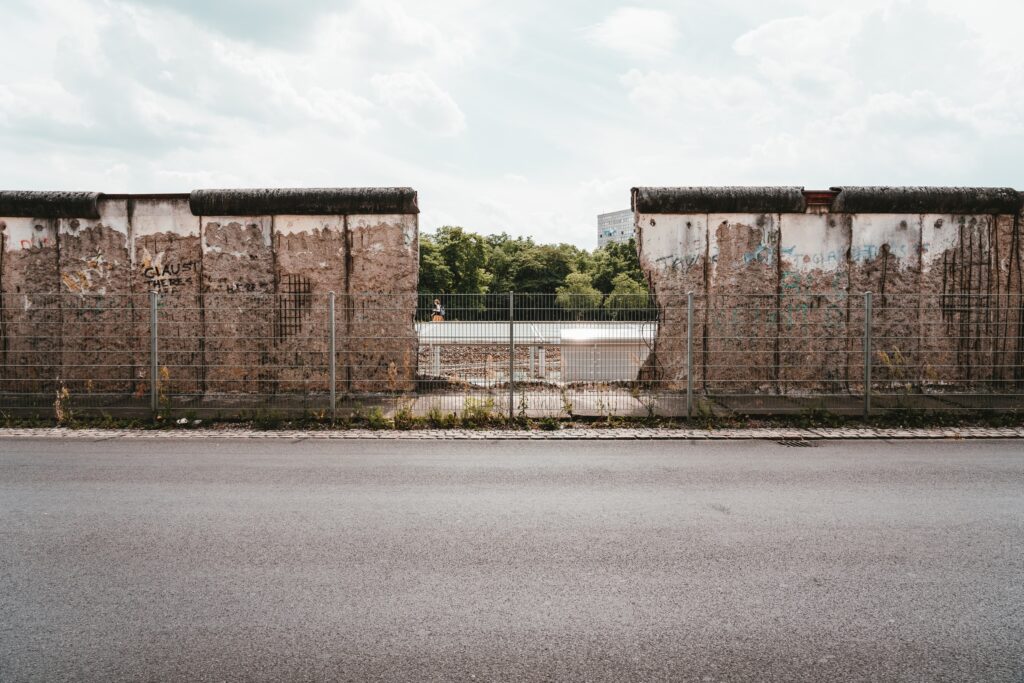
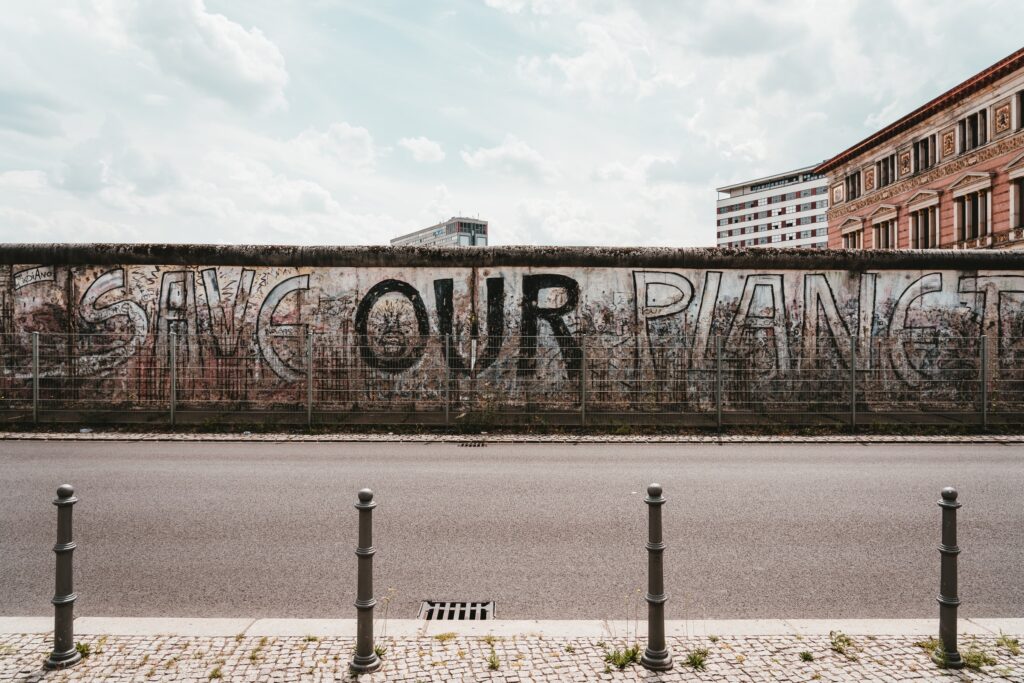
The construction of the wall and its fall
The beginning of the construction of the Berlin Wall was laid in August 1961. By the GDR troops were tied to the conditionally dividing line, following the order to enclose the border with barbed wire to close sections of the border. Such an act of the military could not but cause a surprise on the part of the locals. Who gathered the next morning and for a long time flatly refused to disperse. The resulting unrest rapidly turned into a raging rally, which had to be suppressed with a water cannon.
The fencing of the border with barbed wire took the servicemen two days. Where they, together with the police and workers’ squads, fenced off the entire western zone with it. Immediately after the encirclement, a more laborious process of the ascension of the Berlin Wall itself followed. Which lasted until the period of the first half of the seventies, the remains of which tourists see today.
Approximately two hundred streets, some parts of the Berlin metro, and tram lines were in the fencing zone. For the full-fledged construction of the structure, it was also necessary to plug the sewer and water supply channels. In the nearby area, telephone communication, and part of the power lines were cut off. It became impossible to live in adjacent high-rise buildings located directly at the border.
And their residents were relocated, and the windows facing the border were bricked up. A curious fact in the construction of the Berlin Wall turned out to be an obstacle in the face of the Brandenburg Gate – the main symbol of the capital and the most recognizable landmark in the world. But it was also eliminated, however, in a rather creative way: it was ordered to enclose the object with a wall from all sides.
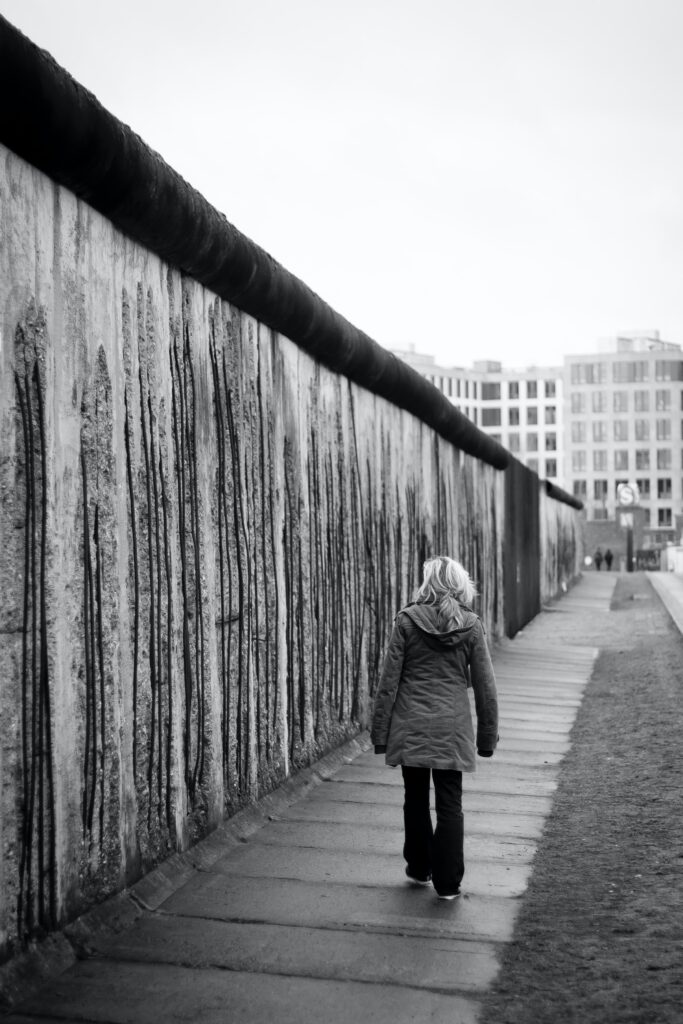
The opening of the border, or rather the fall of the Berlin Wall, began in December 1989, where Hungary played a special role. Which, thanks to the restructuring that began in the USSR, decided to open the border with Austria, which was just necessary for residents of the Eastern part of Germany. Whose goal was to transit the borders of Czechoslovakia, Hungary, and Austria to the Western part of Germany. The GDR authorities failed to contain the flow of people because of the demonstrations that followed, demanding better lives and civil liberties.
The Berlin Wall now
What exists today is only a small fragment from the grandiose construction. For many residents of Germany, this monument symbolizes eating, but also mourning. It was during its full-scale existence that any attempts to cross the border were severely punished, and often such attempts ended in execution.
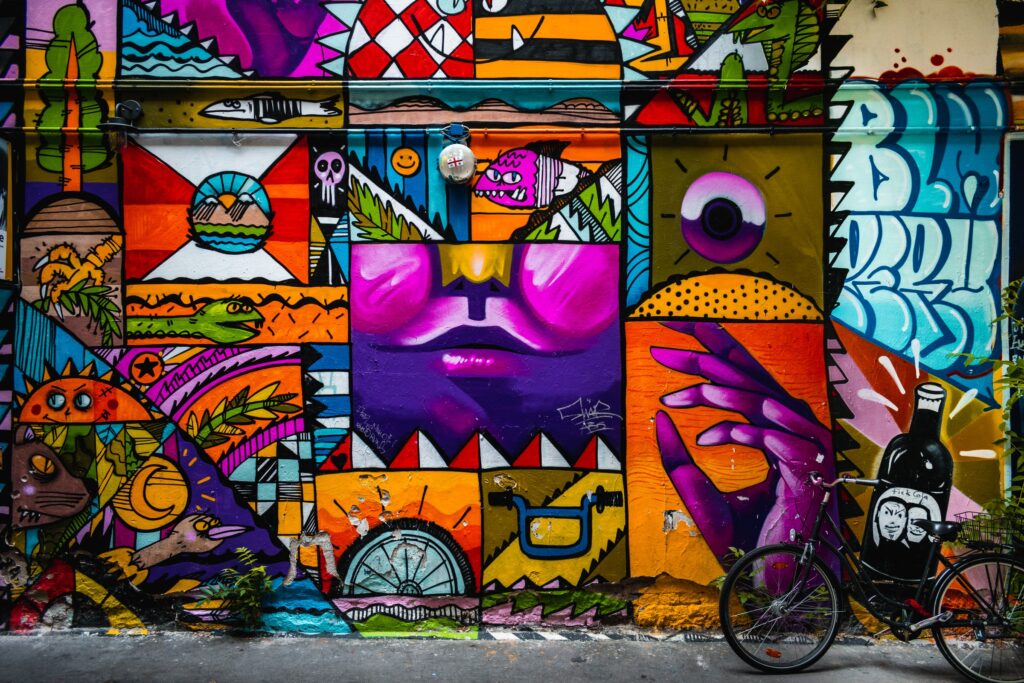
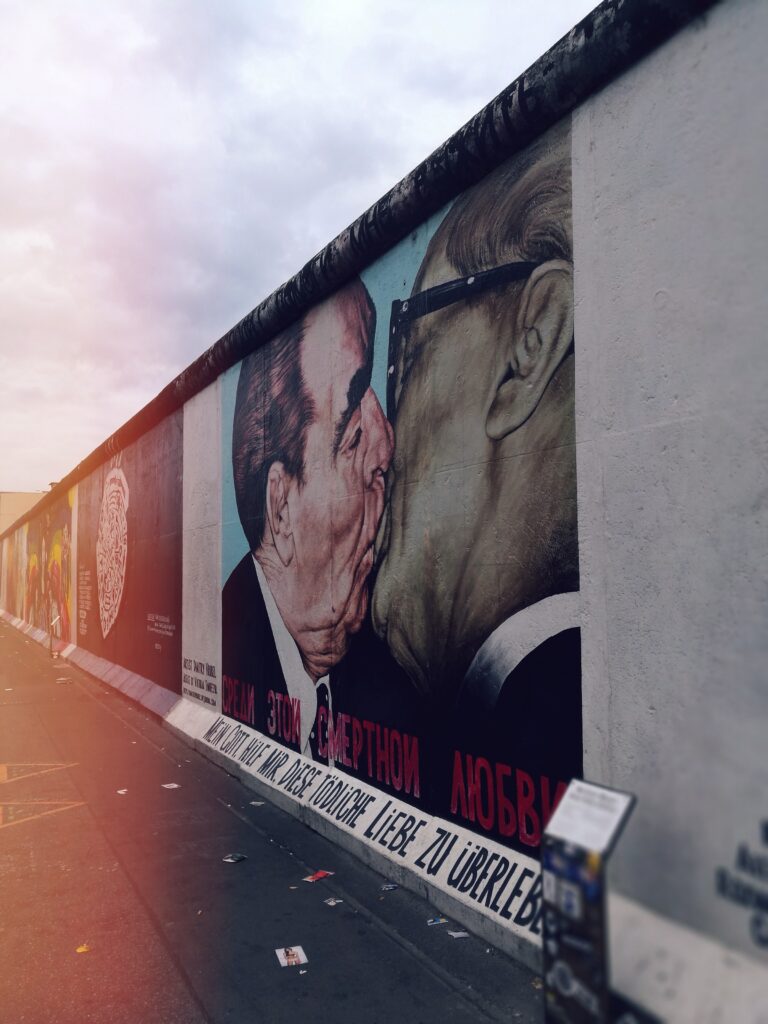
Immediately after the fall of the huge wall, artists from all countries moved to its place, inspired by the spirit of irresistible freedom to paint it with their own hands. So, quite spontaneously, a huge gallery appeared, which today bears a similar name. There are about one hundred and six paintings on the wall, among which the most popular is the image of the kiss of Leonid Brezhnev and Erich Honecker.
A huge part of the complex is dedicated specifically to the innocent victims of the malicious political confrontation, which is referred to as the “Window of Memory”. On the monument, there are black-and-white photographs of people who died as a result of this confrontation.
Berlin now
Berlin is famous for its many museums such as the Dahlem Museums, the Egyptian Museum, the Berlin Cultural Forum with the New National Gallery, and the Museum of Arts and Crafts. Other postwar institutions are the Brücke-Museum, the Berlin Museum, the Museum of Transport and Technology, and the Jewish Museum Berlin.
